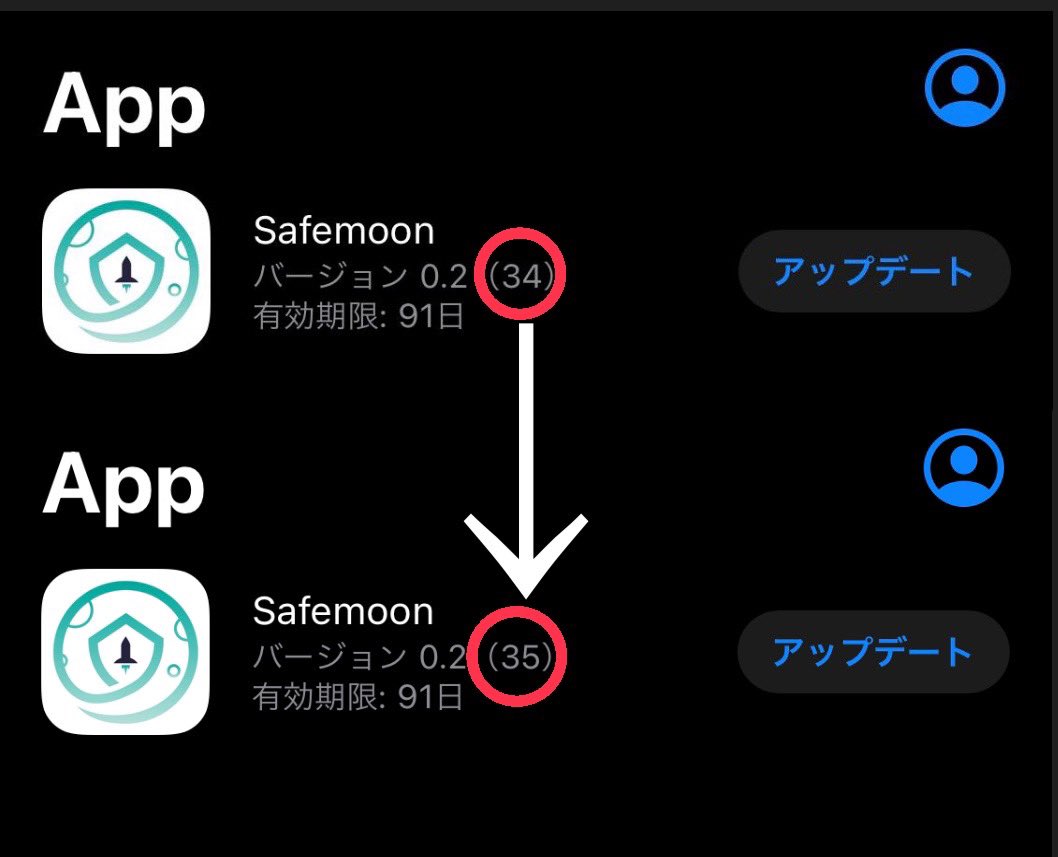

All testers must test the app on, at least, an iOS 8 device.This article compares each tool regarding multi-platform support, integrations and APIs offered, ease of use, popularity, setup time, miscellaneous pros and cons, and, of course, pricing. Only apps that are iOS 8.0 or above can be tested through TestFlight. Once beta testing is complete, the process to move the app to review is quick and efficient just one button click. This article covers tools for both iOS and Android, but focuses on iOS (and TestFlight alternatives) as it's a pickier platform for beta testing with more complexity.The TestFlight app is now a real iOS app, so it operates more quickly.
These are part of the provisioning profiles needed to release beta versions. Scroll to the bottom of the screen and select.Dealing with UDIDs (Unique Device Identifiers) is one of the things iOS developers struggle with when distributing beta builds. Additionally, I'll mention any well-known customers for each service, as well as any publically available metrics when calculating the popularity factor.IMPORTANT: If you need to discontinue as an iOS beta tester, visit the Salesforce mobile app on TestFlight. I'll also cover ease of use and setup time, analyzing the steps necessary to get everything set up and running.

Only TestFlight has this Internal and External Tester concept.TestFlight's advantage is that it doesn't require the developer to handle the provisioning profiles for new devices manually, so that improves its ease of use considerably.Setup Time & Effort: The setup time is mostly creating the app in the iTunes Connect and submitting the app via Xcode, which could take up to a few minutes to get your app approved through Apple's automated app revision system. The app distribution sent to internal testers are the fastest since they don't require a Beta App Review nor comply with the App Store Review Guidelines, like the distribution sent to external testers.On the other hand, to invite external testers, who is anyone that's not in your development team, you only need their email address and they're good to go once they've accepted the invitation. Internal testers are "part" of your development team, thus only the ones that are currently assigned as developers or have developer roles in your iTunes Connect team (like admins).
So that, and the fact that it doesn't support non-Apple platforms, are the reasons why many people complain about TestFlight. Extra feedback may be sent to the developers via email (within TestFlight app) alongside a log with information of the current device.Misc Cons: What bothers the developers the most is the Beta App Review that is required in order to invite external testers (most times the most important testers are outside of our development team). Another great feature is that you can assign notes and details to the app being distributed so the testers can see what needs to be tested.Basic information about crashes and sessions are stored in TestFlight Data so the developers may track what's going on with each of the versions that are being tested.
List Of Testflight Apps Full Tutorial Is
The service provides users with an option to shake their device and send feedback back to the developer. TestFairy provides videos showing what exactly happened on your app before something went wrong. It works for iOS and Android and dozens of other platforms, and provides more than just app distribution. TestFairyTestFairy is one of my recommended TestFlight alternatives. Alternatively, a full tutorial is available on Ray Wenderlich website.
Platforms: TestFairy is available for native iOS, Android, Xamarin, React Native, Adobe Air, PhoneGap, Cordova, ionic, Appcelerator Titanium, and Unity. Continuous Integration: TestFairy has an open API for uploads and plugins for popular CI tools like Jenkins, Travis-CI, Circle-CI, Bitrise, Fastlane, Bamboo. Integrations & APIs: TestFairy's list of integrations is really great! Bug tracking integrations include JIRA, GitHub, Trello, Bugzilla, Asana, Pivotal, YouTrack as well as Slack and HipChat.
As a plus, you also get in-app bug reporting. Setup Time & Effort And Ease Of Use: You don’t even have to add an SDK to your project if you’re only looking for the app distribution feature, so it’s one of the easiest tools to setup and start using. Single Sign On: TestFairy supports SAML and LDAP, and is compatible with Okta, OneLogin, Ping Identity, Google Apps, Oracle and IBM's SSO solutions. TestFairy for startups is available in public cloud only. Enterprise Hosting: TestFairy's enterprise edition is available in Private Cloud or On Premise and has an option for white labeling. Clients include Samsung, Groupon, Adobe, Johnson & Johnson, HP, Century Link, Sears, McKinsey.

For further support and features, they recommend using HockeyApp, as it's the business that proceeded this product. It's an alternative for those who have their own servers and would like to host their own beta distribution system, but it hasn't been updated for over 2 years and is provided as is. HockeyKitPlatforms: From HockeyKit GitHub Wiki, HockeyKit is a framework to easily distribute applications with maximum ease of use for end-user and great flexibility for developers, which currently supports iOS and Android platforms.Integrations & APIs: It's an open source framework that preceded HockeyApp.


 0 kommentar(er)
0 kommentar(er)
